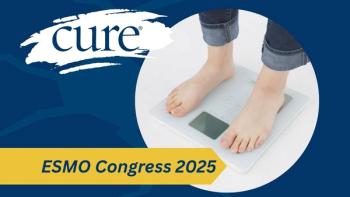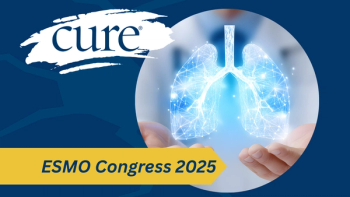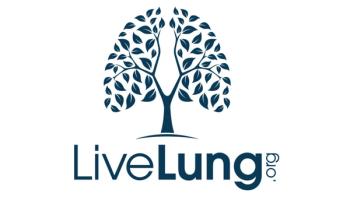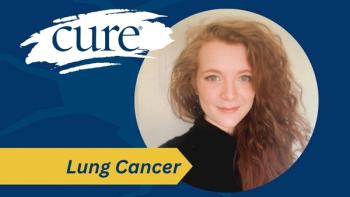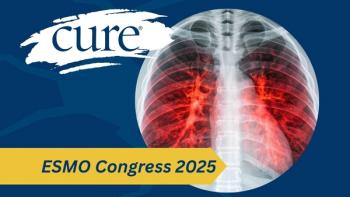
Risk Factors That May Lead to Lung Cancer
Transcript:
Philippa J. Cheetham, M.D.: We hear a lot about the environment for risk factors. Are there any other risk factors that you would interview a patient about when they present with a suspected diagnosis of lung cancer, other than smoking history?
Edward S. Kim, M.D., FACP: Yes. I think just being a lung specialist, I would be in a little more detail. I don’t think this is something a generalist would talk about, but certainly family exposure. Did your mom or your dad smoke? Does your spouse smoke? It’s amazing how many times we’re seeing patients and we’re trying to counsel them on their cancer and smoking, and their spouse is in the room, and it just reeks of tobacco.
Philippa J. Cheetham, M.D.: Right.
Edward S. Kim, M.D., FACP: They both need to go into counseling then because it’s hard to smoke by yourself. You usually have to have a partner or somebody else who’s encouraging it. We also like to look at radon exposure or asbestos, not necessarily for lung cancer but for mesothelioma. So those are some of the environmental factors we look at.
Philippa J. Cheetham, M.D.: Do you think that any of these risk factors predispose men more than women or women more than men, or does it affect you equally regardless of sex? Do you think the biology of the disease is changing at all?
Edward S. Kim, M.D., FACP: I think we’re still trying to understand the biology. I will refer to an inherent risk in folks, a lot like skin cancer. So if you look at somebody who’s from South America or the Mediterranean and they have the nice olive skin, and they can be in the sun worshiping all day and all night and they get a nice golden tan, and their risk for melanoma does not go up. Whereas an Irish person could wear SPF100 [sun protection factor 100] and literally be in long sleeves all day, and they are still going to have a higher risk of developing melanoma because in their skin they have a higher inherent risk, or a higher susceptibility.
I think the same thing happens with lung cancer, that within the bronchial epithelium, inside the lungs, you have a genetic predisposition that we haven’t quite solved yet. People will always ask me, “Well if my mother had it or my father had it, do I have a higher risk?” We don’t know the answer to that yet. But I think we’re trying to figure out if there is something genetically, not necessarily passed on by your parents, but that develops inside of each person that determines the susceptibility.
Philippa J. Cheetham, M.D.: Now if you live in the Big Smoke, in New York City, do the environmental pollutants of 50,000 taxis driving past you every day increase your risk versus living in rural Pennsylvania, for example?
Edward S. Kim, M.D., FACP: Well sometimes in rural Pennsylvania they have factories as well, they emit that stuff. But yes, I think we’re going to see some interesting case controls, and China would be a classic example of something like that.
Philippa J. Cheetham, M.D.: Right.
Edward S. Kim, M.D., FACP: The problem is, again, everything gets confounded by the tobacco. It’s that there are so many people who smoke, it’s hard to do environmental cause and effect studies, because the smoking gets in the way.
Philippa J. Cheetham, M.D.: I’m sure you get asked this all the time, but for people who do smoke and they say, “Well, you know, I don’t inhale;” or the other issue is these filtered cigarettes, does that really have any effect?
Edward S. Kim, M.D., FACP: What I tell people is, and I lived in Texas for 18 years, if you’re a barbeque pit master and you don’t smoke, you’re still going to have a higher incidence because of your exposure. That smoking barbeque pit, even though we all love to eat barbeque and it tastes the best when it’s on there the longest, is an exposure, and an occupational hazard. And I don’t think we really recognize that enough. And so whether it’s a filtered cigarette, an unfiltered; I had one patient who said, “Well marijuana’s not tobacco, that’s OK.” And I said, “No, it’s still smoke going inside of your body, inside of your lungs; that does increase your risk.”
Transcript Edited for Clarity

